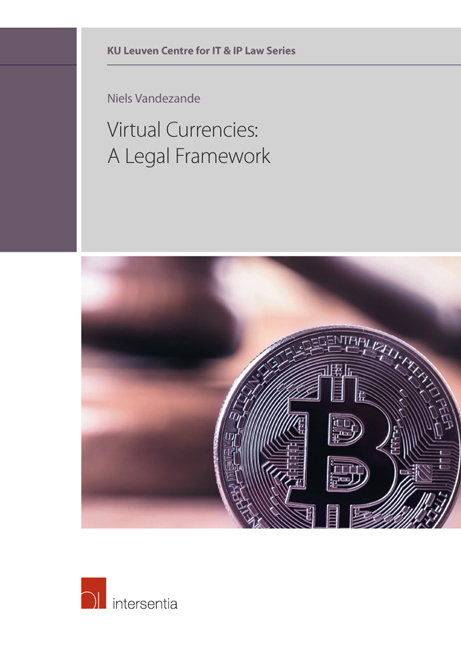Book contents
- Frontmatter
- Foreword
- Acknowledgments
- Contents
- Acronyms
- Introduction
- Part I Conceptual Analysis
- Part II Legal Analysis
- Chapter IV E-Money and Payment Services in the EU
- Chapter V Anti-Money Laundering in the EU
- Chapter VI Financial Instruments in the EU
- Chapter VII Virtual Currencies and Service Providers in the US
- Part III Conclusion
- Bibliography
- Miscellaneous Endmatter
Chapter IV - E-Money and Payment Services in the EU
from Part II - Legal Analysis
Published online by Cambridge University Press: 13 October 2018
- Frontmatter
- Foreword
- Acknowledgments
- Contents
- Acronyms
- Introduction
- Part I Conceptual Analysis
- Part II Legal Analysis
- Chapter IV E-Money and Payment Services in the EU
- Chapter V Anti-Money Laundering in the EU
- Chapter VI Financial Instruments in the EU
- Chapter VII Virtual Currencies and Service Providers in the US
- Part III Conclusion
- Bibliography
- Miscellaneous Endmatter
Summary
E-MONEY AND PAYMENT SERVICES IN THE EU
INTRODUCTION
VIRTUAL CURRENCIES, E-MONEY, AND PAYMENT SERVICES
NON-PHYSICAL CURRENCY – As already remarked in the first chapter of this research, virtual currencies and e-money – as regulated in the EU – show a distinct similarity in that they have no physical counterpart. Consequently, it is logical to question whether virtual currencies could be considered to fall under the scope of the current legal framework on e-money in the EU. When such proves not to be the case, it could additionally be questioned whether the e-money legal framework should be amended to apply to virtual currencies. Moreover, given that the services developed around virtual currencies generally support the use of virtual currencies as means of payment, it must also be questioned whether such services constitute payment services as regulated in the EU.
Demarcation between e-money and virtual currencies – To that end, this chapter will analyze the regulatory process underlying the legal frameworks regarding e-money and payment services in order to gain a better understanding of the ratio behind the process that resulted in the regulation of the notions of e-money and payment services within the EU. Moreover, this chapter will analyze the definitions underlying the demarcation between e-money and virtual currencies. The goal of that analysis is to ascertain whether the demarcation of e-money is sound and whether it can be upheld in light of recent developments concerning virtual currencies.
Payment services – Given the close relation between the legal frameworks on e-money and payment services, and in view of a potential future merger of those frameworks, this chapter analyzes both legal frameworks. The findings of this chapter will serve the functional comparison conducted in chapter VII.
As noted, only the EU seems to have chosen to specifically regulate the notion of e-money. Therefore, the analysis of how other countries such as the US regulate the same services and developments without needing to refer to such a notion may provide valuable insight in the value of regulating that particular notion.
Chapter approach and goals – Before going into the main analysis of this chapter, this section will provide a brief overview of the regulatory setting of e-money and payment services in the EU (section 1.2), in order to facilitate a better understanding of the background against which those legal frameworks operate.
- Type
- Chapter
- Information
- Virtual Currencies: A Legal Framework , pp. 167 - 276Publisher: IntersentiaPrint publication year: 2018



